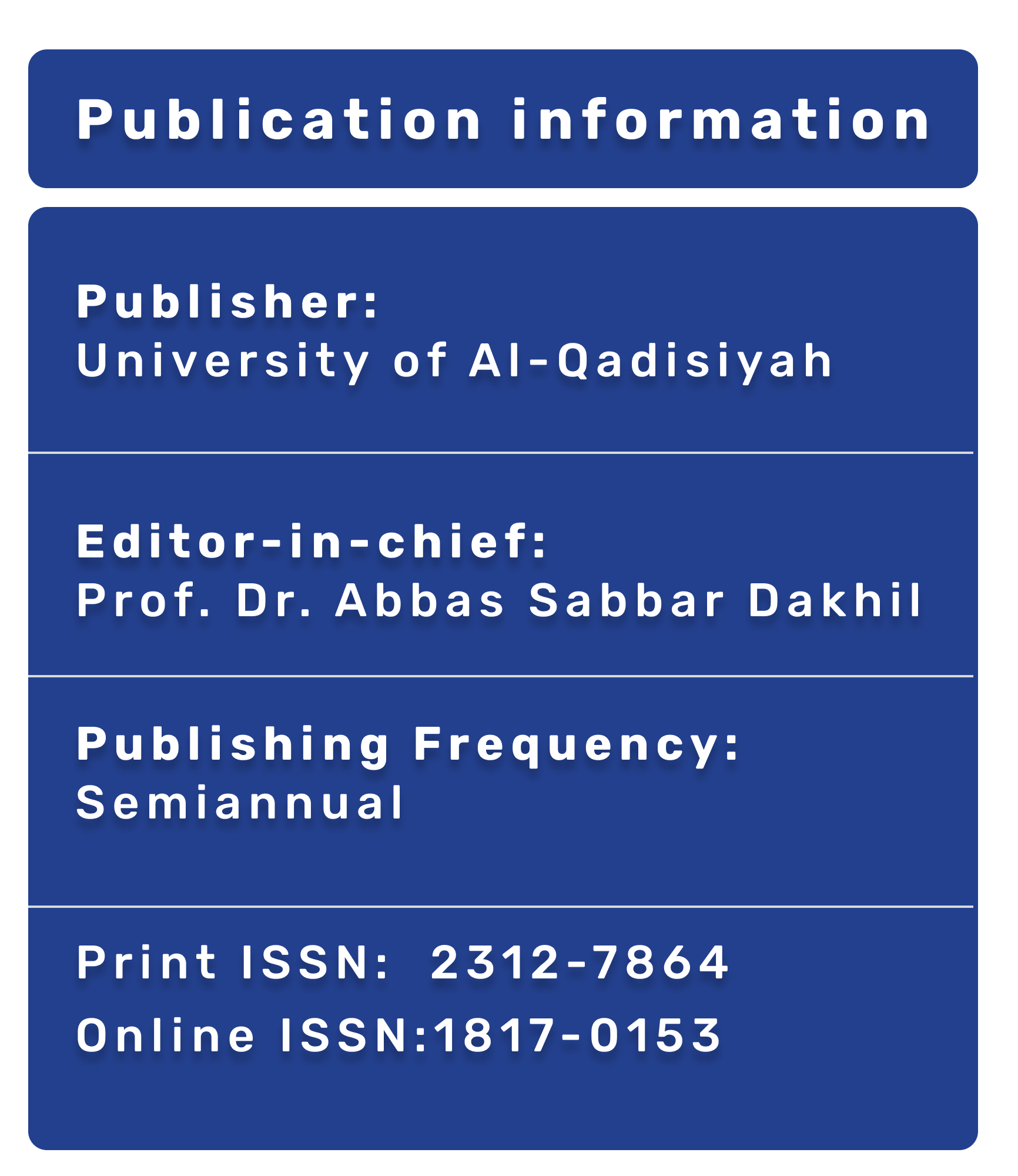The role magnetic resonance imaging and myelogram in the cervical spondylitis radiculopathy (prospective study)
DOI:
https://doi.org/10.28922/qmj.2016.12.22.124-129Abstract
objective:The objective of this study was to prospectively evaluate the accuracy of MRI and myelogram for the demonstration of foramina nerve root impingement in cervical spondylitis radiculopathy
Patients And Methods
Between January 2012 and May 2014. Eighty five patients referred to the department of Hilla teaching hospital with. cervical spondylitis radiculopathy were imaged with conventional MM and with MR myelogram . The diagnostic accuracy of these imaging strategies for the demonstration of exit foraminal stenosis was calculated relative to a gold standard of the combination of conventional MRI and MR myelogram
Results:
Conventional MRI had a sensitivity of 88.9%, specificity of 99.1%, and diagnostic accuracy of 94.5% for the demonstration of exit foraniinal disease. MR myelography alone had a sensitivity of 84.4%, a specificity of 90.1%, and diagnostic accuracy of 88%.
Conclusion:
However, the addition of MR myelography increased the diagnostic yield of the MR examination for the detection of forantinal stenotic disease. MR myelography is a useful adjunct to conventional MN in the investigation of cervical spondylotic radiculopathy.








